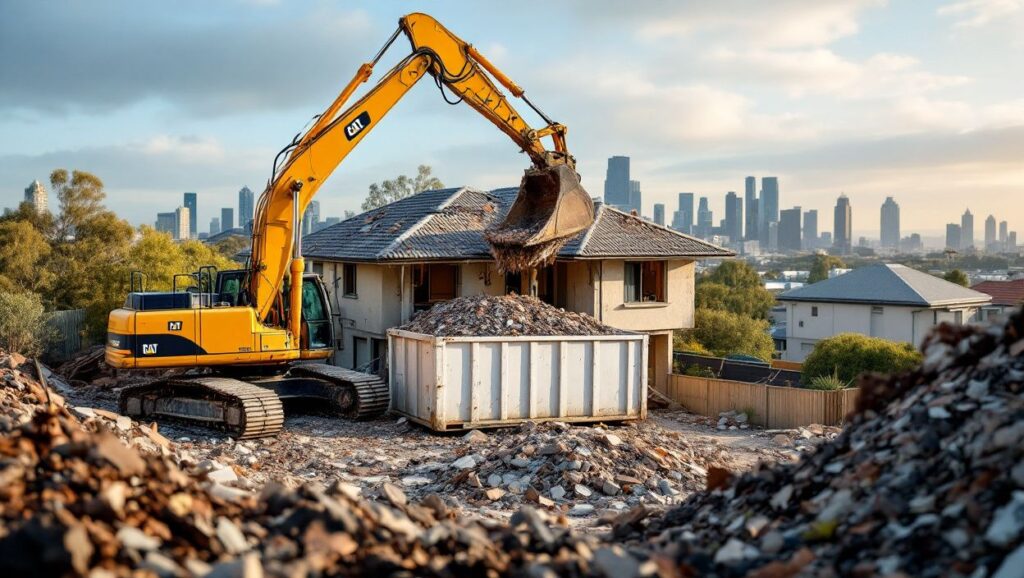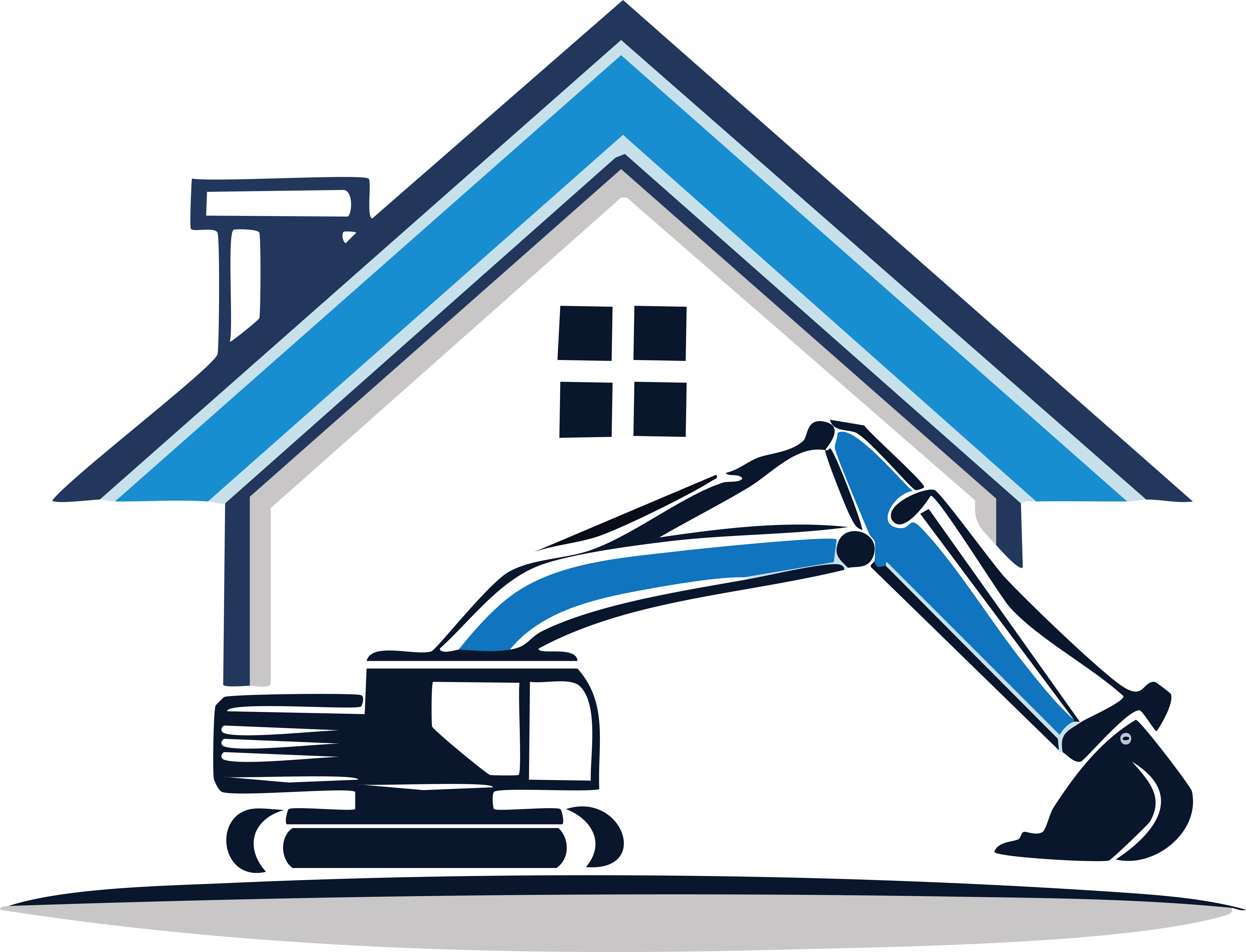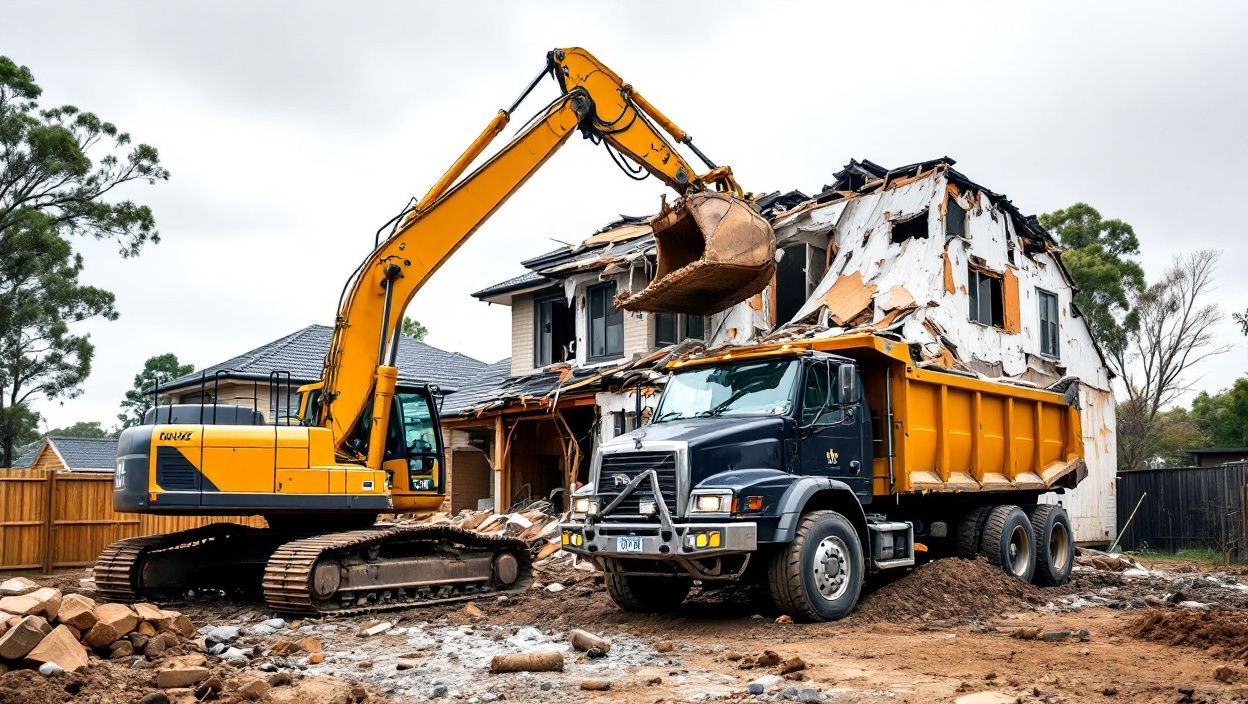Demolition is often seen as a destructive process, but it doesn’t have to be. With growing concern about environmental sustainability, a new perspective on demolition is emerging. Reuse and recycling materials in demolition, especially in residential demolition and house demolition, are becoming vital parts of the process. This blog post will explore different methods used for reusing and recycling materials, along with successful examples from across the globe.
The Importance of Reuse and Recycling in Demolition
The traditional demolition of a house often leads to vast amounts of waste. However, the reuse of materials during demolition, and recycling materials during demolition can significantly reduce waste and minimize the environmental impact. These practices also often prove to be cost-effective.

Methods for Reusing and Recycling Materials
- Deconstruction Instead of Demolition: Deconstruction is a process where the structure is carefully dismantled, preserving as many materials as possible for reuse. This method allows for a higher rate of recycling and reuse of materials during demolition.
- On-Site Sorting and Processing: By sorting and processing materials on-site during residential demolition, materials like wood, metal, concrete, and glass can be separated and prepared for reuse or recycling.
- Recycling Centers Collaboration: Partnering with recycling centers ensures that the materials collected are processed and returned to the market, providing further opportunities for reuse.
- Utilizing Recycled Materials in Construction: Recycling materials during demolition is not just about waste reduction. These materials can be used in new construction projects, thus creating a cycle of sustainability.
We are experienced Demolition Company based in Melbourne, Victoria that offer top-tier demolition services all around Melbourne and across Victoria, Australia.
For all your Demolition needs contact us to GET FREE QUOTE NOW!
Successful Examples
- The Cleveland Wrecking Yard Project: This initiative was focused on the reuse and recycling materials in demolition. It achieved a remarkable 70% reuse and recycling rate during the demolition of a large residential complex.
- The BAMB (Buildings As Material Banks) Project in Europe: BAMB promotes reversible building design, encouraging the reuse of materials during demolition and beyond. It’s a standout example of how recycling materials during demolition can be part of a broader sustainability strategy.
- The Greening the Rubble Project in New Zealand: Focusing on urban areas, this project transforms demolition sites into green spaces using recycled materials, showcasing a different way to approach the reuse and recycling of materials in demolition.
Conclusion
The demolition of a house, or any structure, no longer needs to be a process of waste and destruction. Through innovative practices and successful examples, the reuse and recycling of materials in demolition have proven to be beneficial for the environment and often the bottom line. The industry is shifting towards a more sustainable approach, and the techniques discussed above are paving the way for a greener future in residential demolition, house demolition, and beyond. Whether it’s recycling materials during demolition or considering the reuse of materials during demolition, every step counts towards a more sustainable world.

